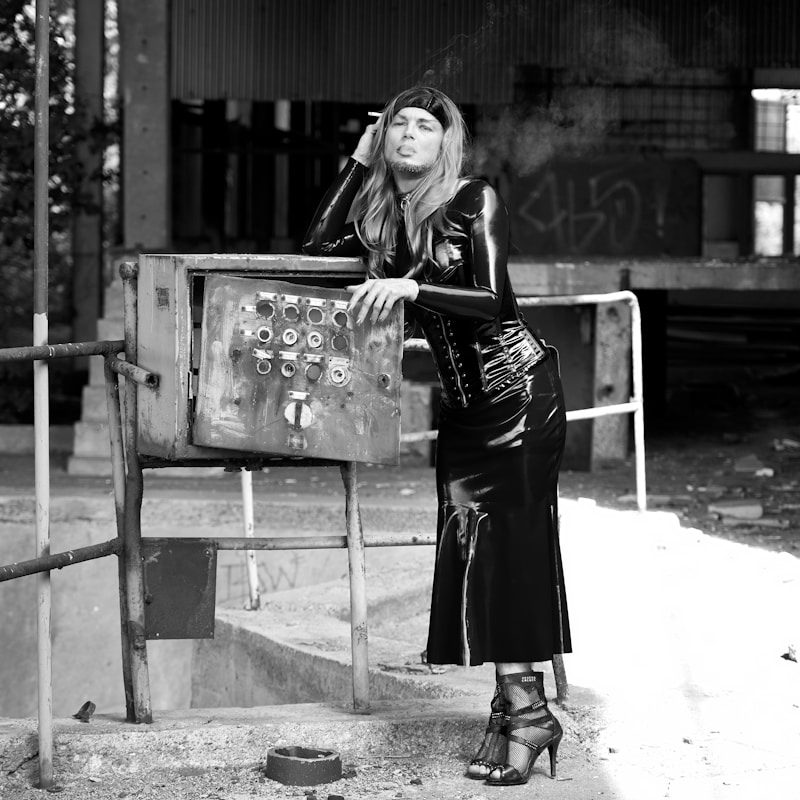Exploring Distinct Photography Styles: A Comprehensive Guide for Enthusiasts
Exploring Distinct Photography Styles: A Comprehensive Guide for Enthusiasts
Understanding Distinct Photography Styles
Photography is an art form that captures moments, tells stories, and evokes emotions. However, the way these stories are told can vary significantly depending on the style of photography adopted. With a wide array of distinct photography styles available, it's essential for both budding photographers and enthusiasts to understand what each style represents and how they differ from one another. In this article, we will delve into the main distinct photography styles, their characteristics, and why choosing the right style is crucial for capturing the essence of your subject.
What Are Distinct Photography Styles?
Distinct photography styles can be categorized based on the subject matter, technique, and intended mood or message. Here, we explore some of the most popular photography styles:
| Photography Style | Description | Key Techniques |
| Portrait Photography | Focuses on capturing the personality and mood of an individual or group. | Lighting, composition, lens selection. |
| Landscape Photography | Captures the beauty of the natural environment. | Wide-angle lenses, HDR imaging, golden hour shooting. |
| Street Photography | Documents everyday life and society in public spaces. | Spontaneity, candid shots, focus on emotion. |
| Fashion Photography | Showcases clothing and other fashion items, usually featuring models. | Creative styling, dramatic lighting, specific themes. |
| Wildlife Photography | Captures animals in their natural habitats. | Long lenses, patience, knowledge of animal behavior. |
| Macro Photography | Focuses on extreme close-ups of small subjects. | Specialized lenses, careful lighting, attention to detail. |
1. Portrait Photography
Portrait photography is aimed at portraying a person or group, highlighting their personality and emotions. This style is prevalent in family photographs, professional headshots, and fashion shoots. It emphasizes the importance of lighting; using soft or hard light can create drastically different moods in the final image. Photographers often choose to shoot in studios or natural settings based on the desired outcome.

2. Landscape Photography
Landscape photography is all about capturing the beauty of nature, including mountains, rivers, forests, and other environmental elements. The key to great landscape photography lies in timing; the golden hour, which occurs shortly after sunrise and before sunset, provides soft, warm light that enhances the colors of the scenery. Photographers often use wide-angle lenses to capture expansive views and might employ techniques such as long exposure to create smooth water effects.
3. Street Photography
Street photography aims to capture candid moments in public spaces, often portraying elements of daily life and urban environments. This style requires a vigilant eye and quick reflexes, as the best shots often happen spontaneously. Photographers in this genre focus on emotion, storytelling, and the rawness of life unfiltered.
4. Fashion Photography
Fashion photography is a specialized genre that often requires a collaboration between photographers, stylists, and models. It showcases clothing and accessories through creative visuals. Unlike other styles, fashion photography tends to be heavily stylized, involving dramatic lighting, various thematic setups, and sometimes elaborate post-production techniques to achieve the desired look.
5. Wildlife Photography
Wildlife photography involves capturing images of animals in their natural habitat. This style requires a deep understanding of animal behavior and patience. Photographers often use long lenses to maintain a safe distance while still achieving sharp, detailed images. This genre can be highly rewarding but also demanding, as it involves extensive travel and sometimes challenging conditions.
6. Macro Photography
Macro photography focuses on extreme close-ups, revealing details of small subjects like flowers, insects, and other intricate components of nature. This style often requires specialized equipment, including macro lenses, and techniques such as focus stacking to achieve depth of field. The results of macro photography can be breathtaking, revealing a world that is often overlooked.
Choosing the Right Photography Style
When considering which photography style to pursue, several factors come into play:
- Personal Interest: Choose a style that resonates with you personally, as this passion will reflect in your work.
- Equipment: Some styles may require specific gear, so take inventory of what you already have or are willing to invest in.
- Subject Matter: Identify your preferred subject matter; whether it's people, landscapes, or objects can guide your choice.
- Skills and Techniques: Some styles may require specialized skills or techniques, so consider your willingness to learn and adapt.
Conclusion
Understanding distinct photography styles is crucial for photographers and enthusiasts alike. Whether you are drawn to the emotional depth of portrait photography or the serene beauty of landscapes, each style offers unique opportunities for creative expression. As you explore various styles, keep in mind your interests and the technical skills needed to excel in that genre. Don't hesitate to experiment and combine styles to develop your signature aesthetic.
In summary, while the world of photography is vast and varied, selecting the right style can make a significant difference in how you capture and convey stories through images. Remember to immerse yourself in the community, practice your skills consistently, and most importantly, have fun while exploring the captivating world of photography!
